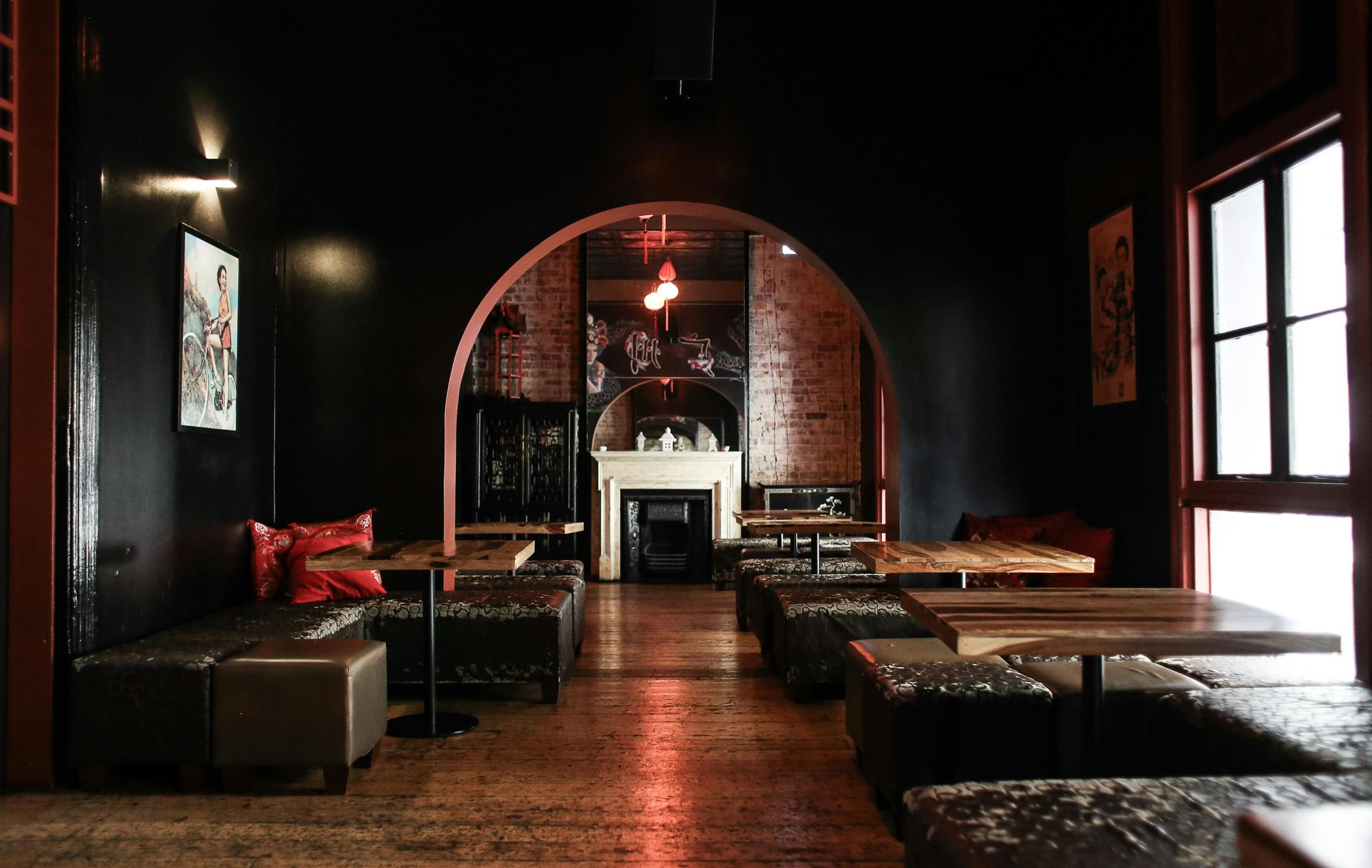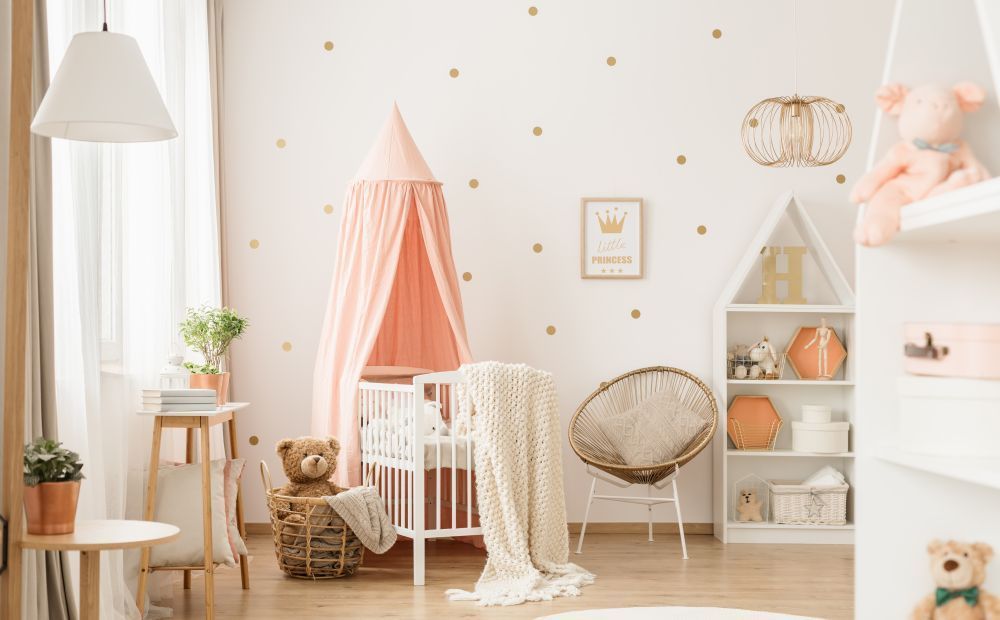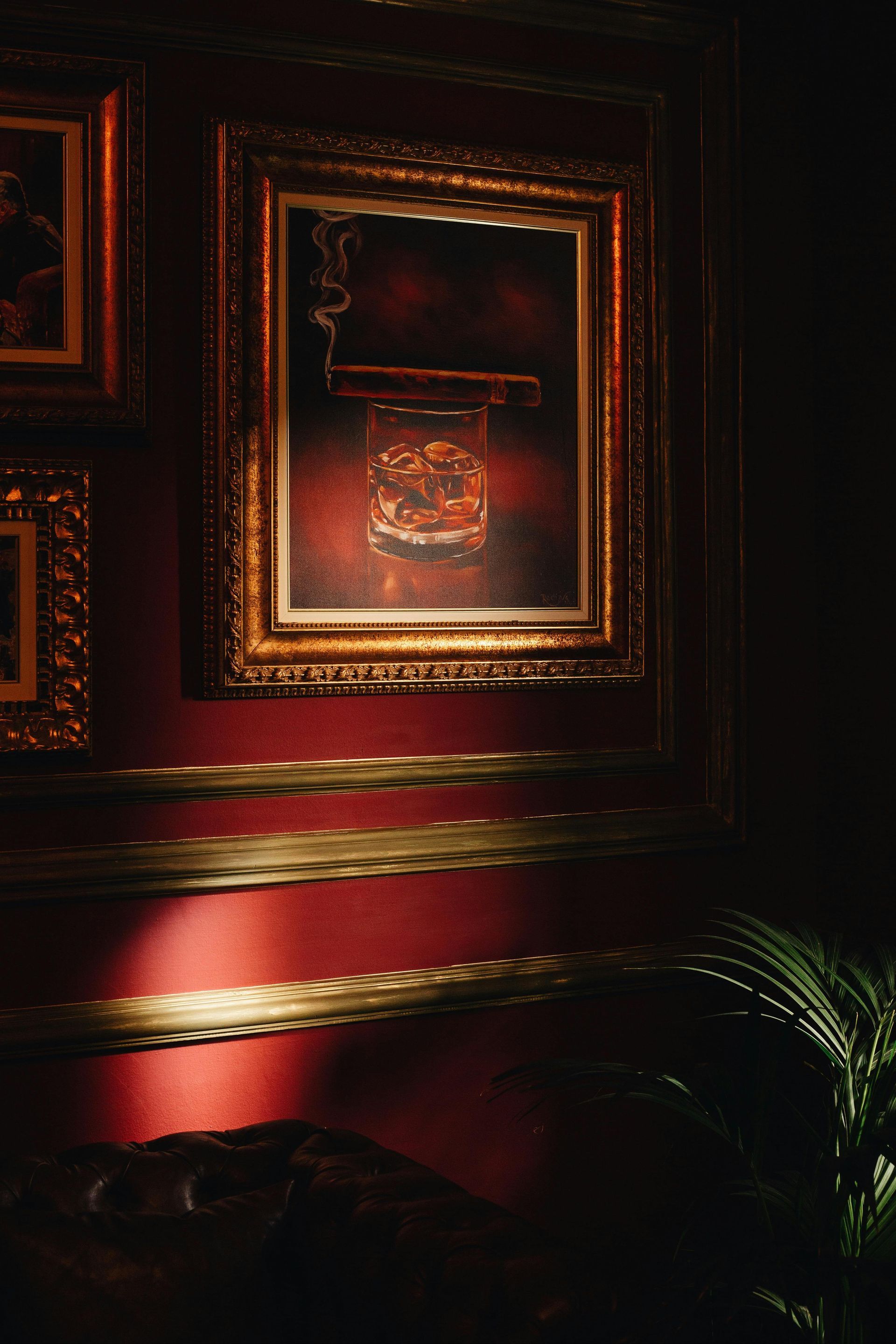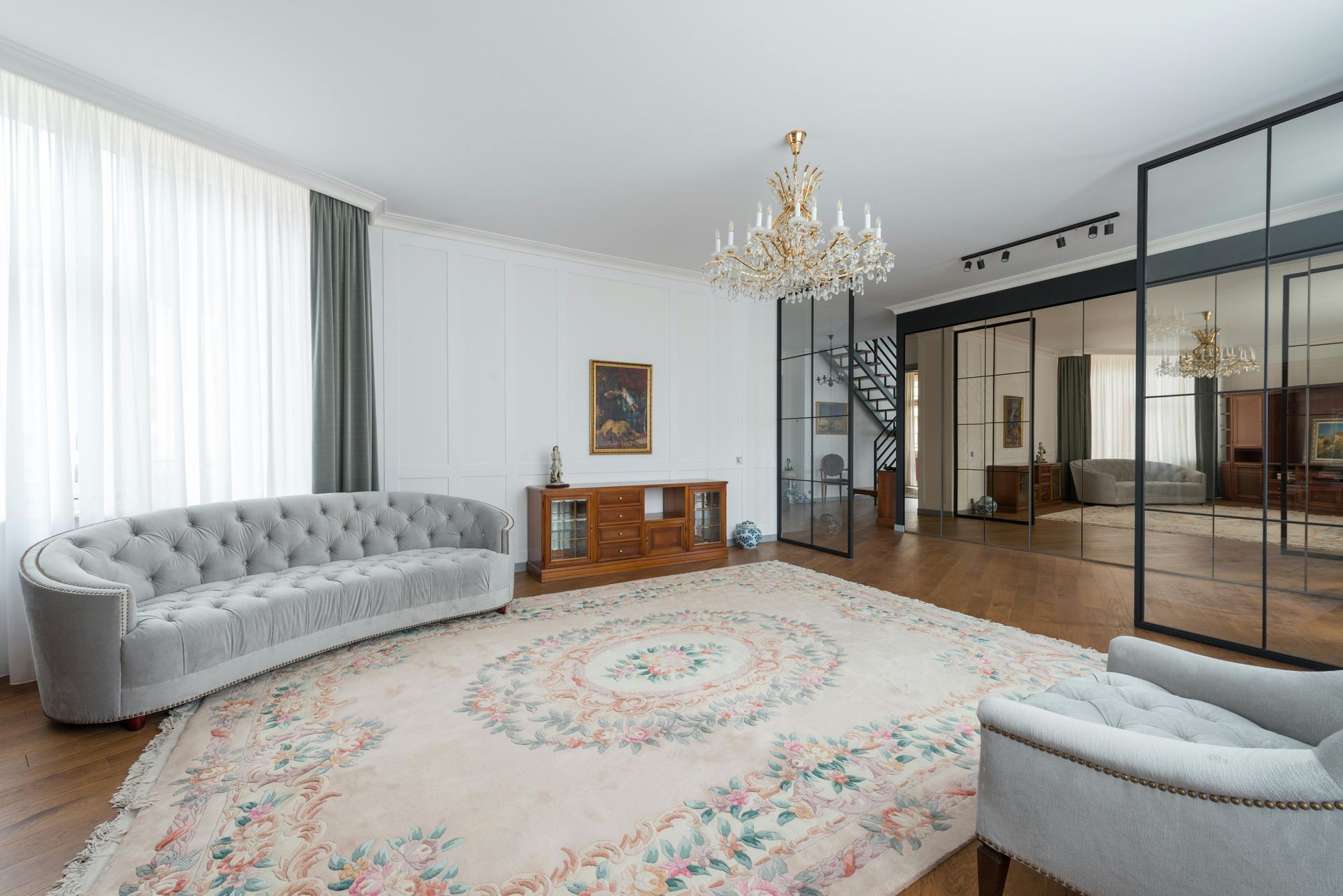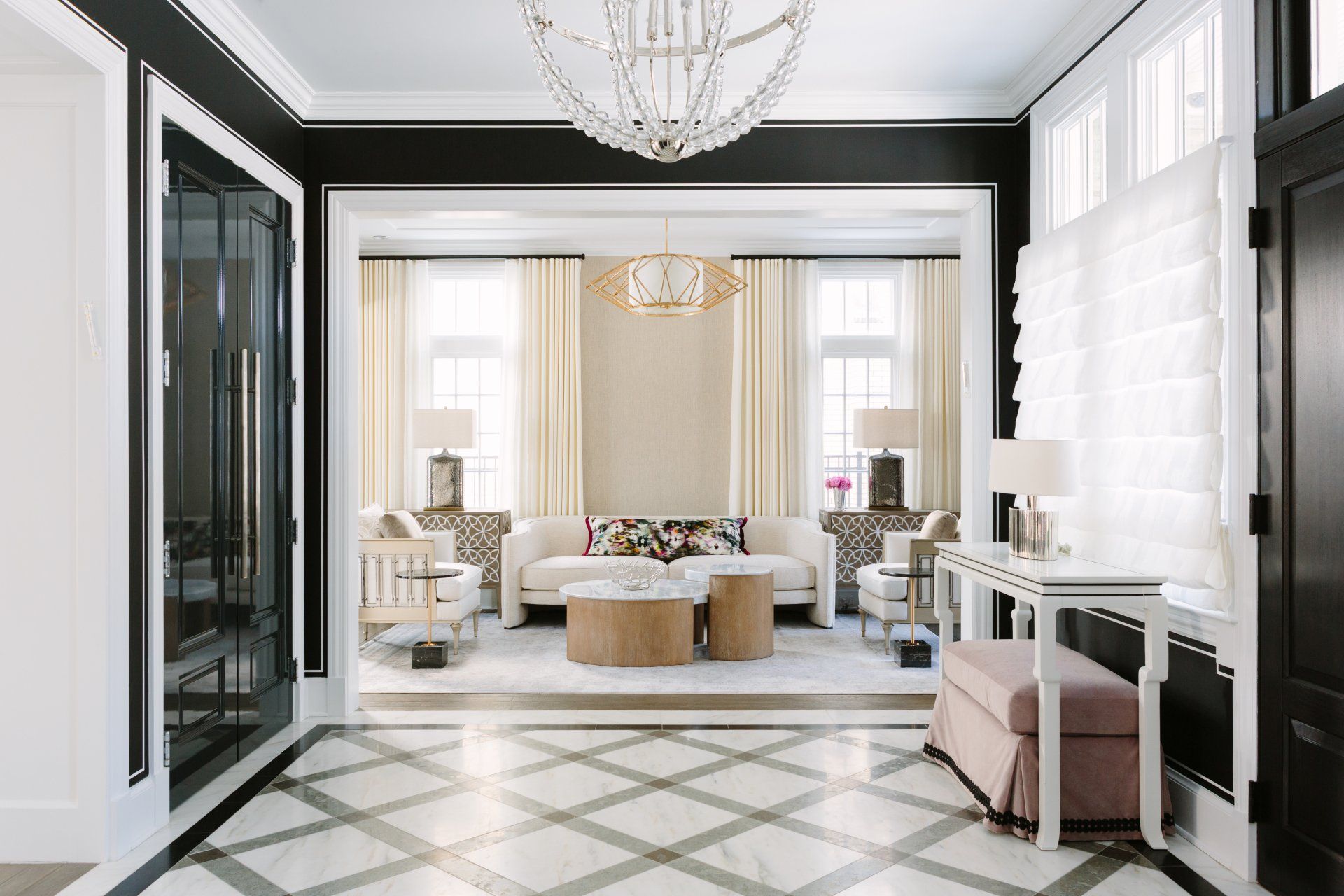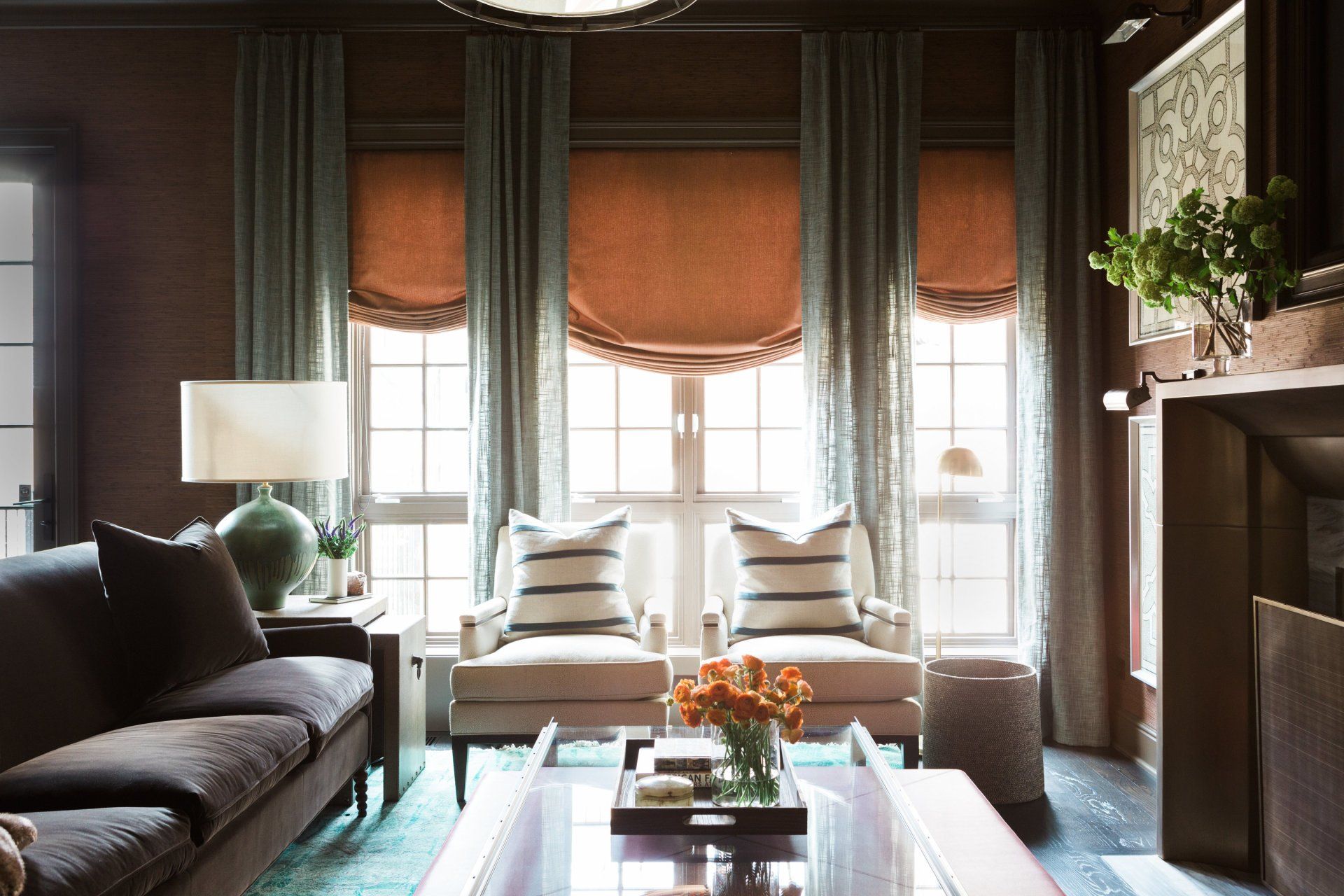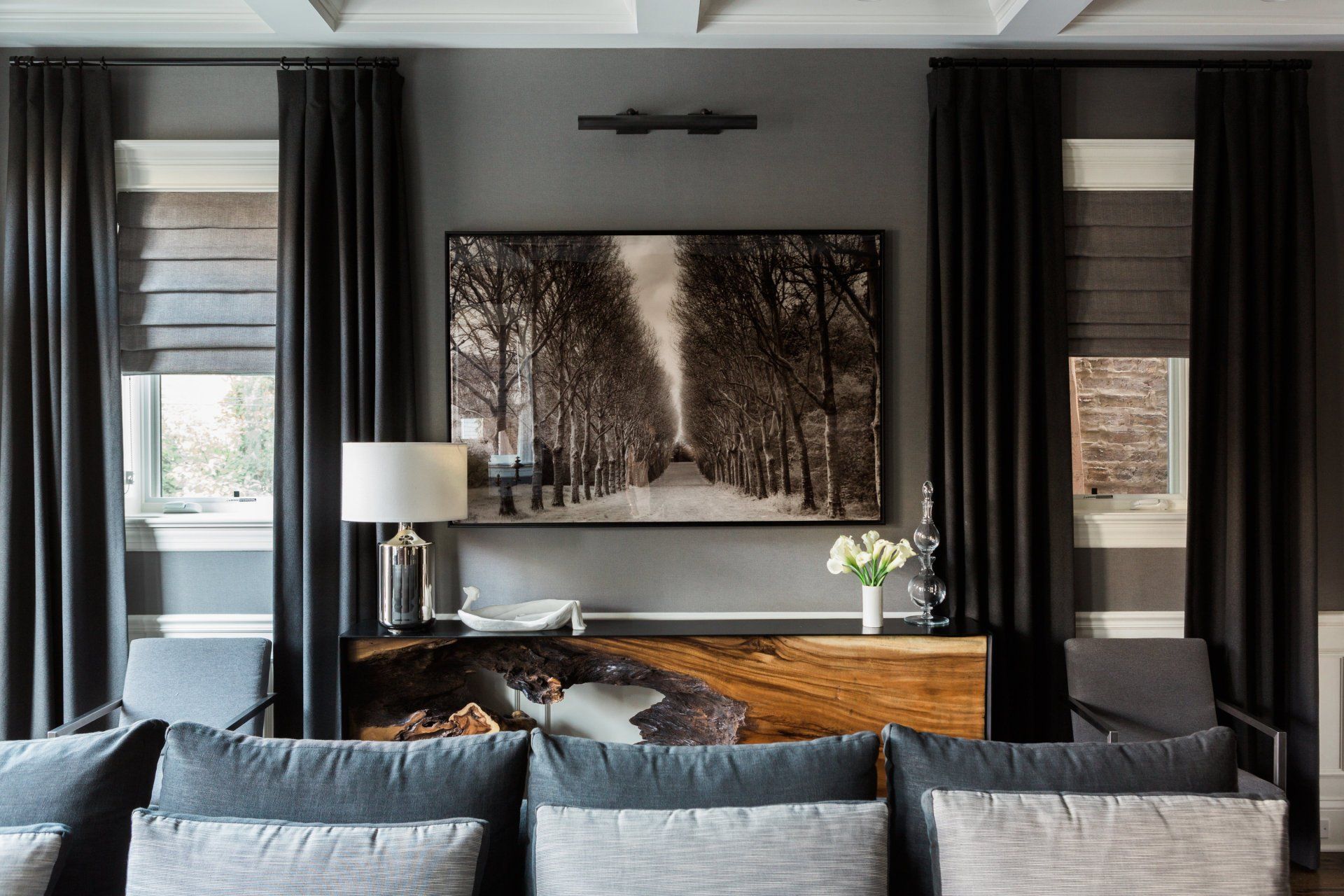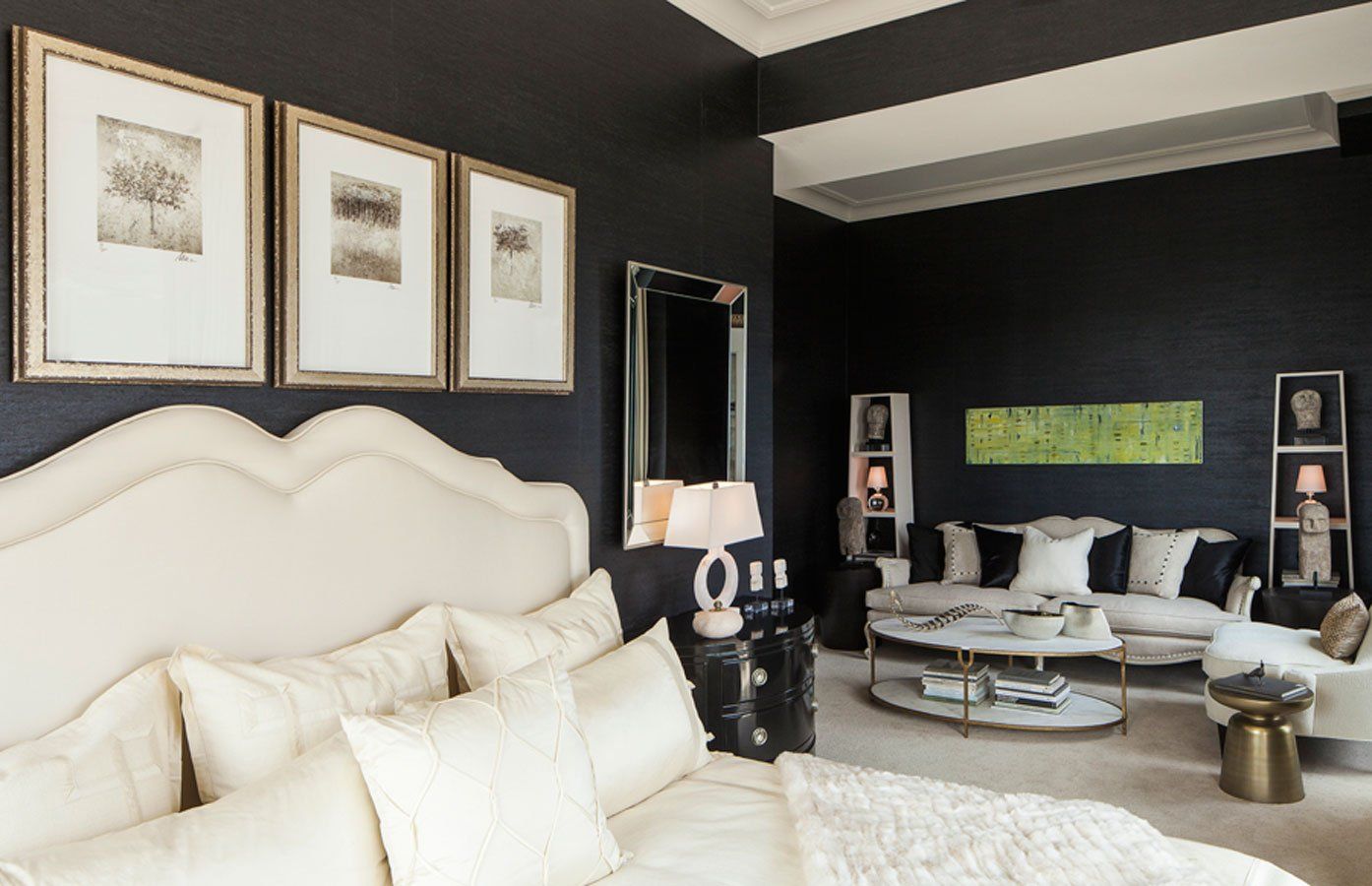Shower Lamps and 5 Other Lighting Trends to Try Out
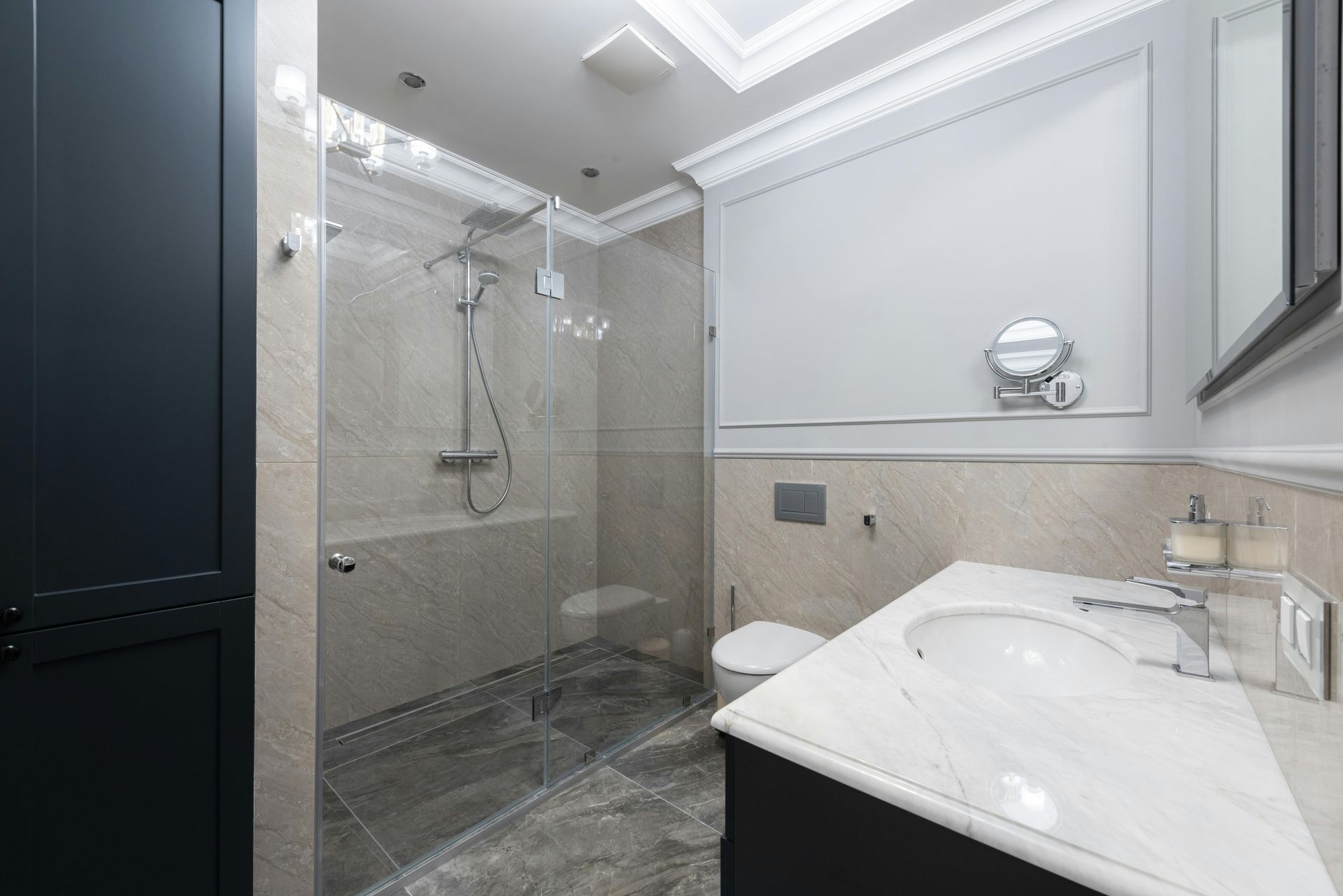
Thoughtful lighting is getting a resurgence, thanks to the shower lamp TikTok trend. If you’re interested in using illumination to evoke specific moods or want to learn about the newest lighting design styles this year, you’re in for a treat.
What Is the TikTok Shower Lamp?
The TikTok shower lamp is precisely what the name suggests — a lamp you use in the shower that became viral on TikTok. The trend began with home and lifestyle content creator McKenna Barry, who posted a TikTok of her setting up a wireless lamp in the bathroom before taking a shower. The video soon blew up, gaining millions of views and mainstream attention.
McKenna specifically used the WEILALUX Outdoor Battery-Operated Table Lamp, but many other brands offer similar products at the same price. You want a waterproof, cordless table lamp usually designed for outdoor use. Pick one with an LED bulb to save energy, prevent overheating and enjoy your shower safely.
Why Are Unconventional Lighting Options So Popular?
Recently, much discourse has been going on around avoiding overhead lighting — or the “big light,” as many social media users would call it. Overhead lights are great from a functional perspective but can be overwhelming when they’re the only option. Some prefer the coziness of soft illumination, especially in deeply personal spaces like the bathroom.
Warm, soft light from lamps or candles is a staple in spas and retreats due to its calming quality. According to environmental and design psychologist Sally Augustin, warm light supports relaxation and creativity, making it ideal for winding down in the afternoon or evening.
5 Top Lighting Trends to Explore This Year
If you want to illuminate more than just your bathroom, consider these five trends to inform your home lighting design project.
Artisanal Fixtures
Nothing says “statement” more than a custom fixture. Working with an artisan lets you fine-tune the design to match your ideal aesthetic. Lighting trends are fun, but a unique piece from a local artist gives your home a personal touch you can’t find anywhere else.
Colorful Lampshades
A colorful or intricate shade can transform any lamp into a statement piece. You can also get multiple shades in different colors and styles to match your decor to the season or mood.
Multifunctional Smart Lamps
Tech has come a long way — now, light fixtures can be stylish and functional. Many modern lamps have multiple functions, such as wireless chargers, Bluetooth speakers and alarm clocks. These pieces are efficient and space-saving, which is perfect for homeowners on the go.
Mood Lighting
Adaptable mood lighting will continue to take over homes in 2025. More people are embracing options like dimmers and smart lights to shift the ambience to suit any mood or activity. These flexible fixtures allow you to create the perfect atmosphere, whether hosting a dinner party or enjoying a comfy night in.
Natural Materials
Eco-friendliness is gaining traction in multiple industries, including interior design. A 2024 survey revealed that people are willing to spend more on sustainably sourced products. Fixtures made from natural materials like rattan, bamboo, linen, or stone add a rustic, earthy charm to your spaces and pair well with bohemian, coastal and Scandinavian interiors.
Give Your Home a Glow-Up
The right lighting can transform your space and make the simplest activities feel special. Whether you’re into the simple shower lamp or want a bold living room chandelier, there’s room for experimentation and a trend for every design sensibility.



